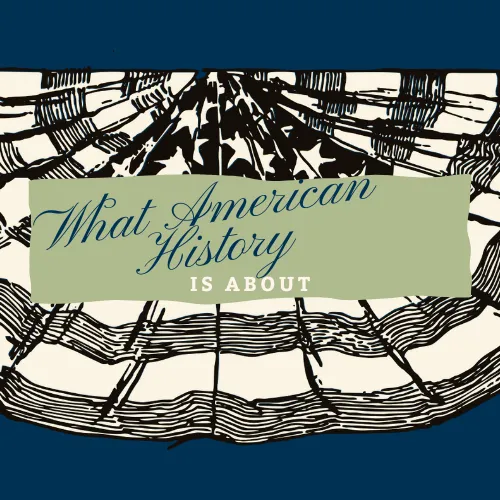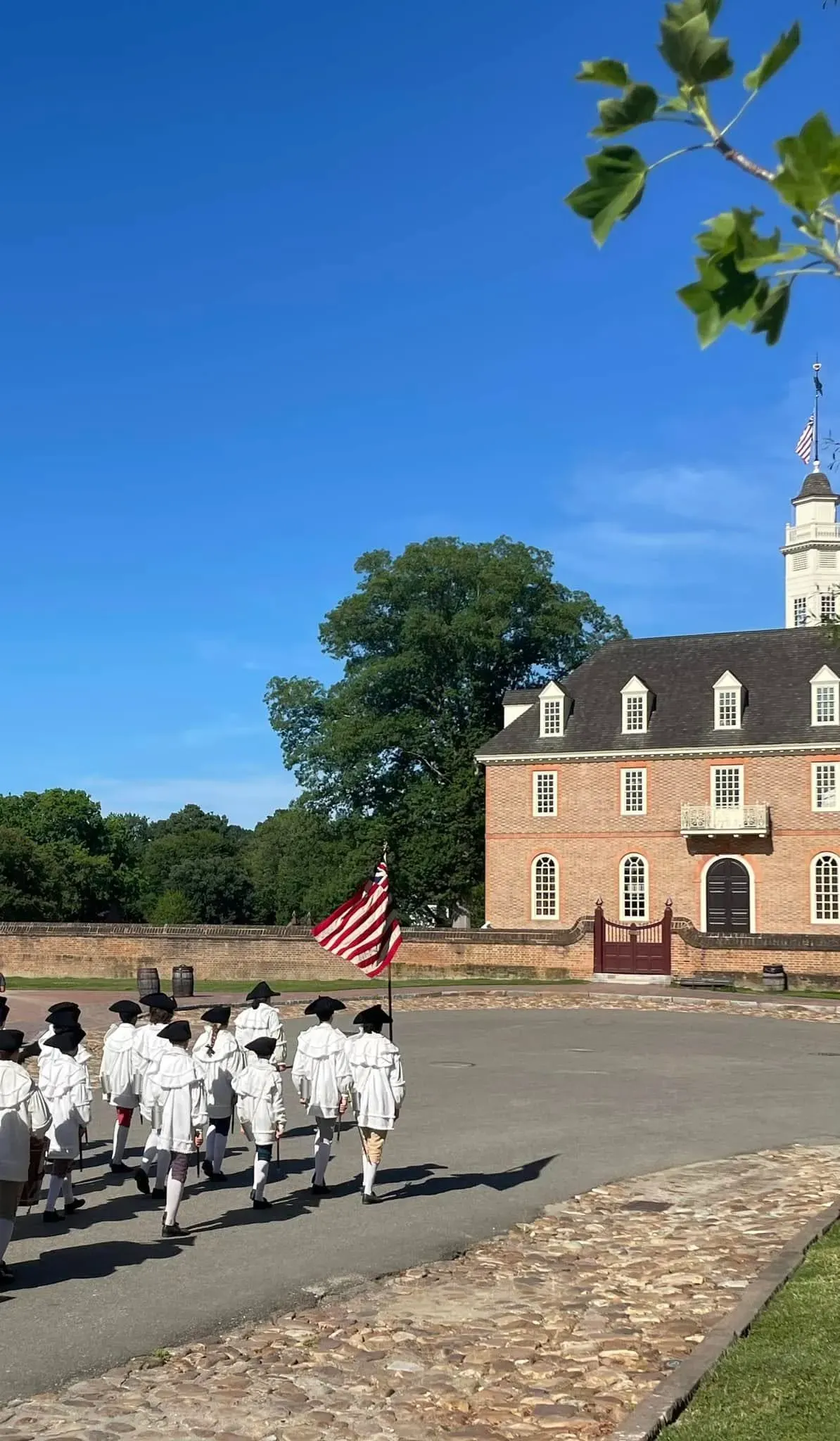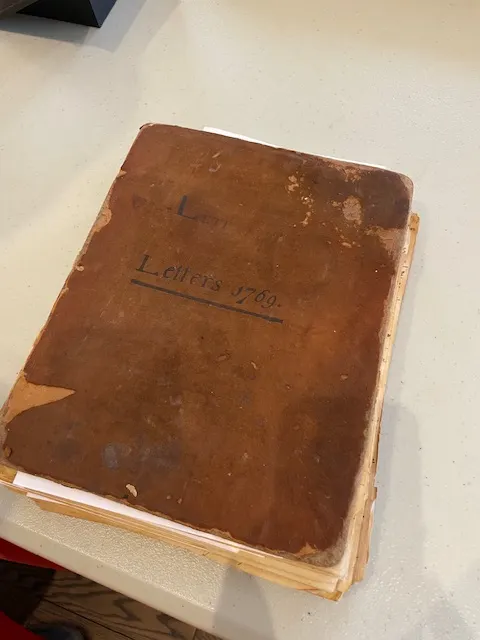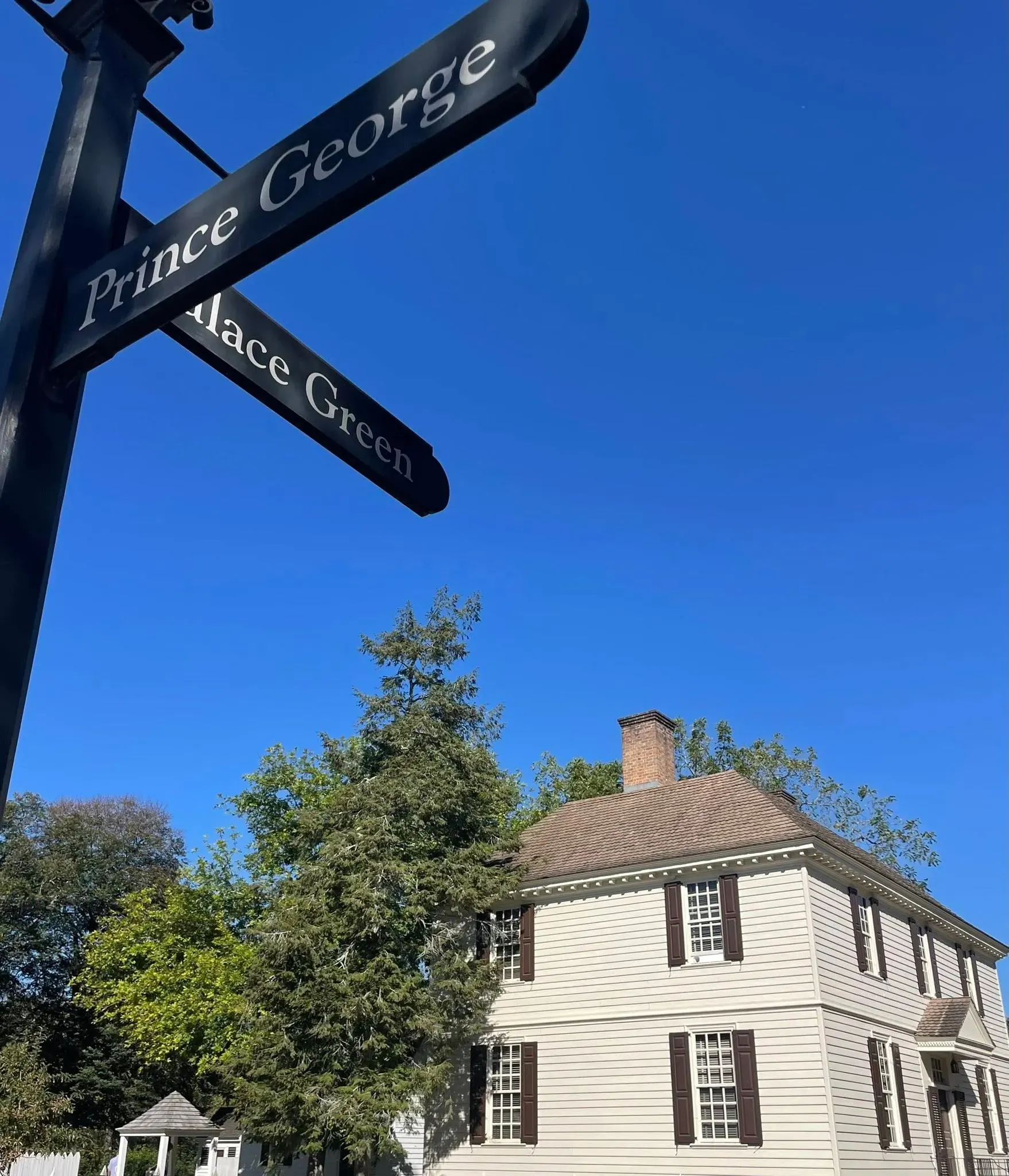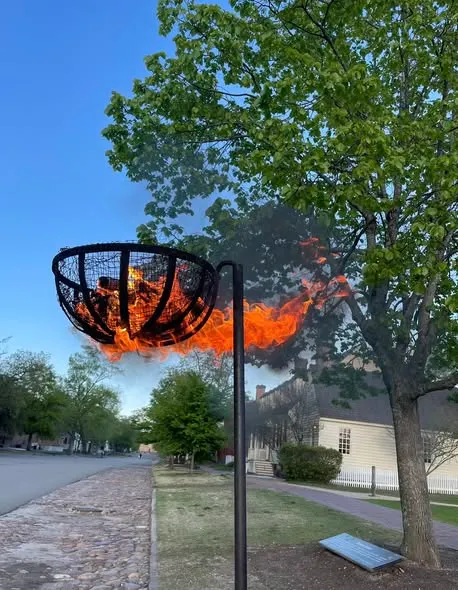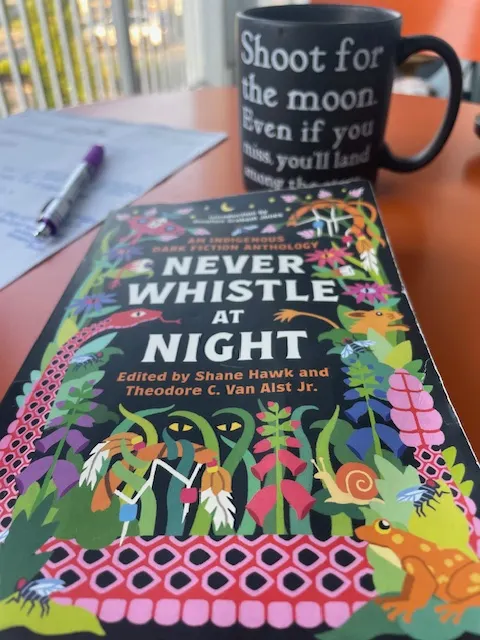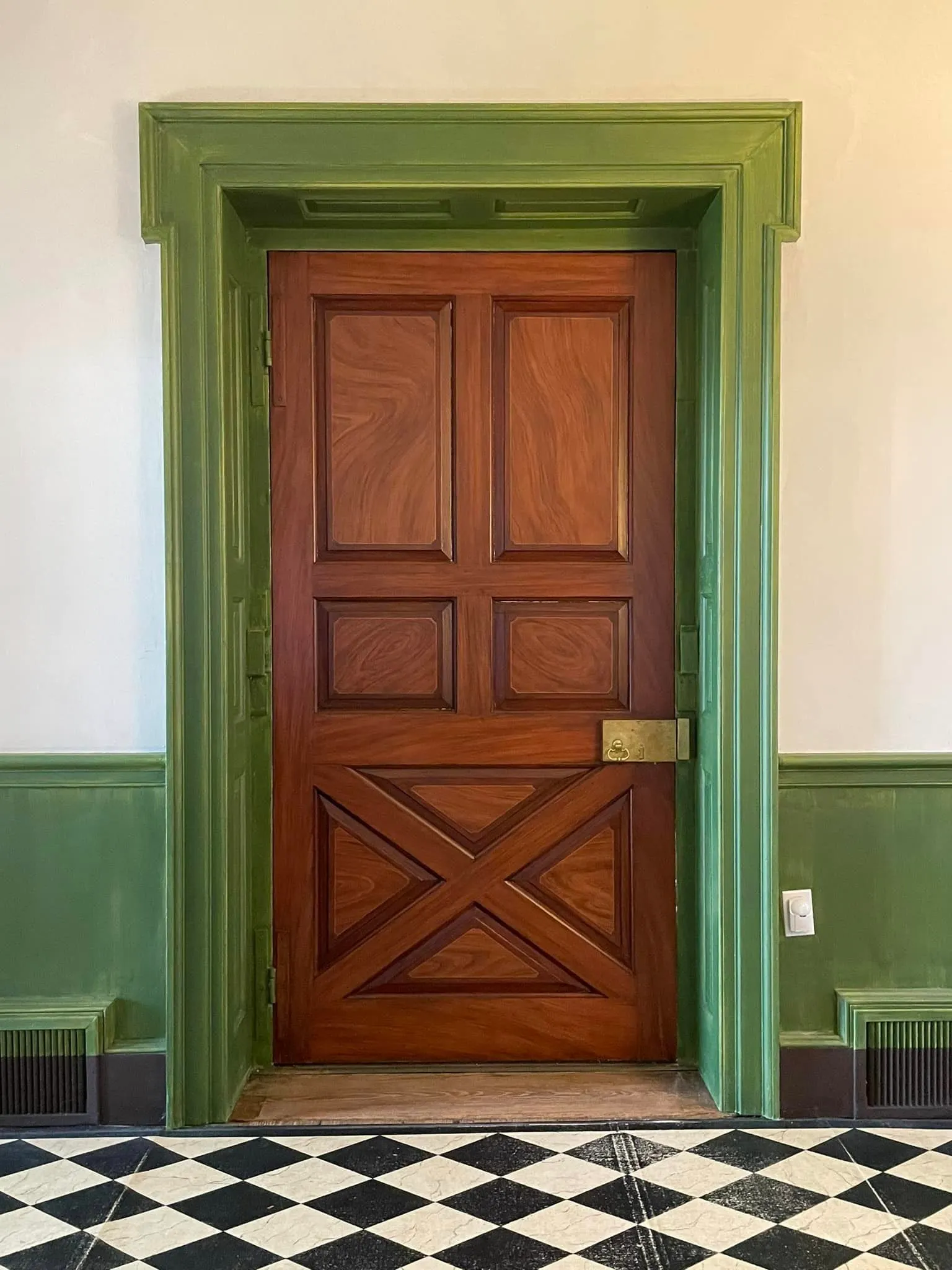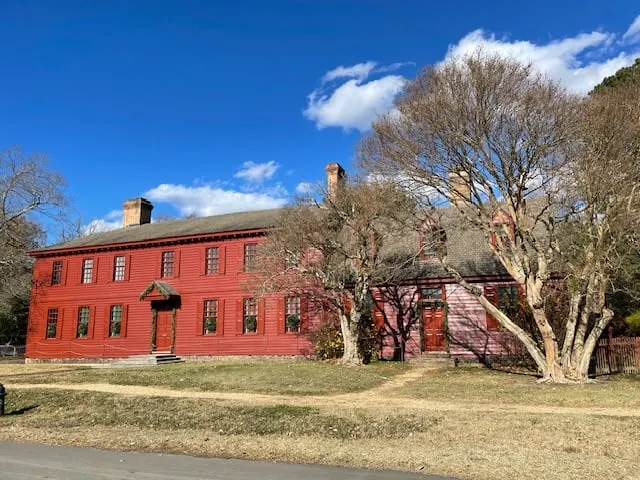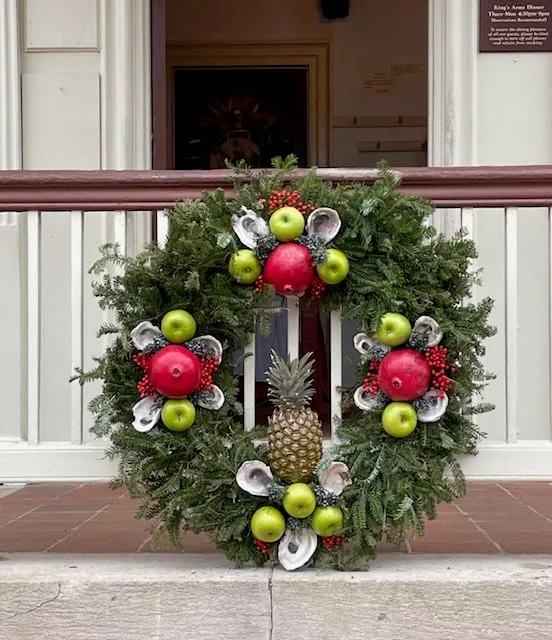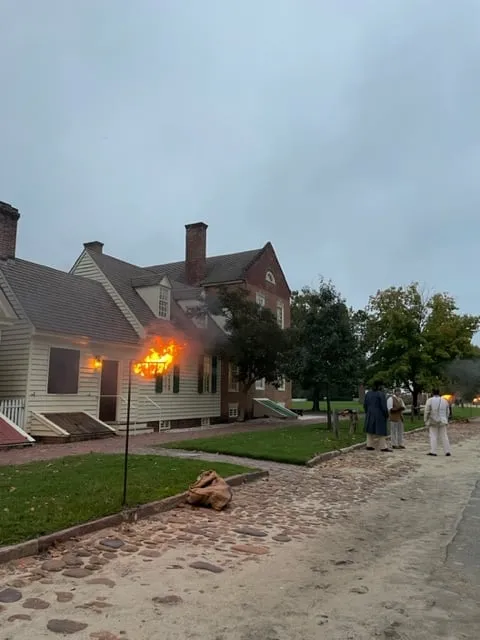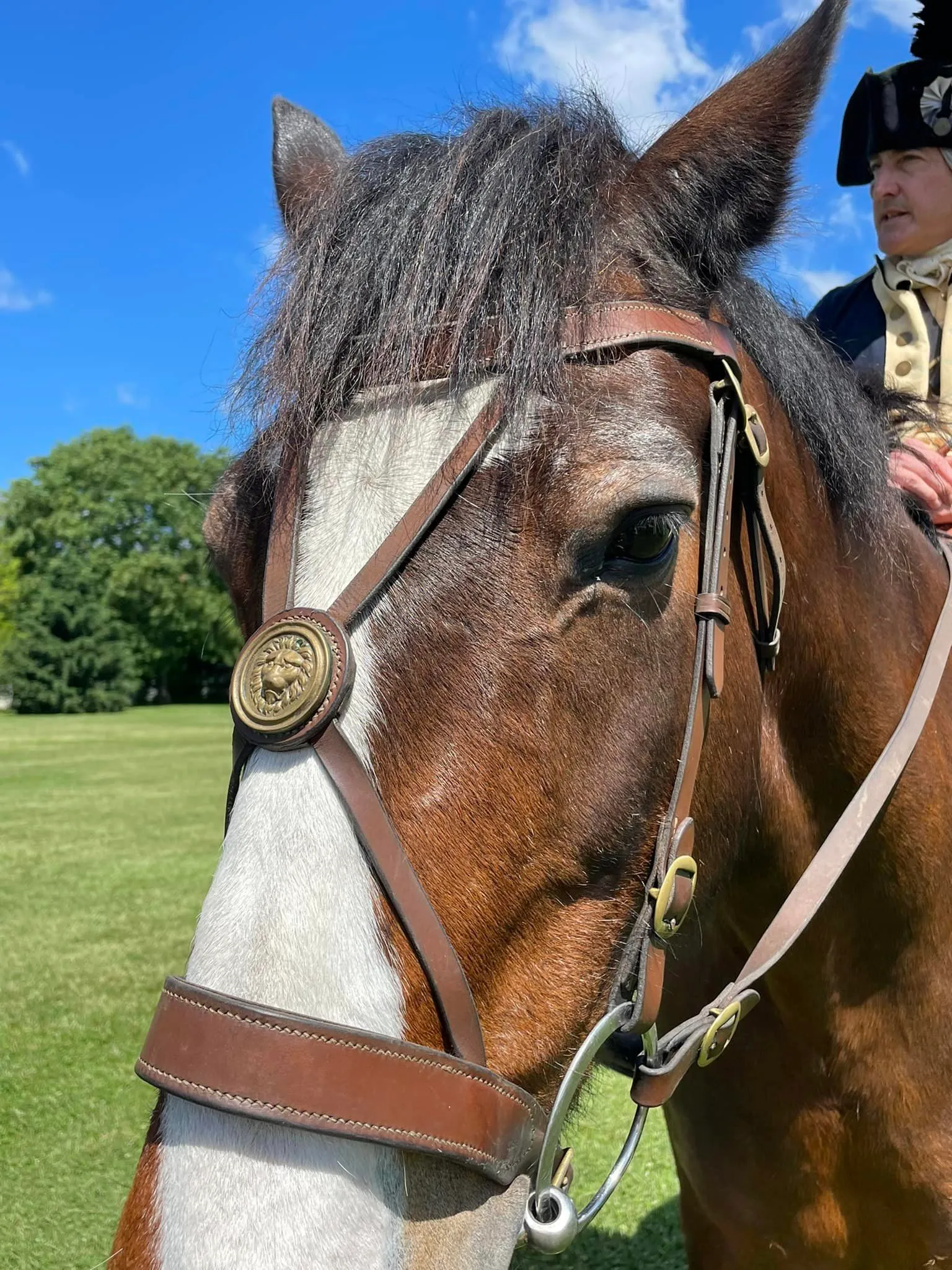The Woman in the Portrait and 2 More Who Fascinate Me
Who is the woman in the portrait? Frances, a wife and mother who died much too young.
I first learned about Frances Ann Tasker Carter on a tour of the Carter house here in Colonial Williamsburg (CW). Wandering the museum, I saw her again. This was serendipitous in a way because I'd already decided I wanted to research and write about her.
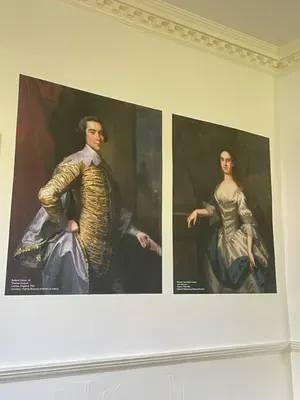
Robert Carter III and Frances Ann Tasker Carter
Frances married a man who needed some credibility! What I've learned about Robert Carter III was that in his younger years, he may have been a bit of a playboy. Wealthy as can be (in fact his grandfather was Robert "King" Carter), he wasn't exactly serious about his studies.
During the house tour, I found out he went to London to study law and came back lacking the knowledge to practice it. He also struck out so to speak as far as getting elected to public office early on.
But then, maybe a marriage to Frances, whose family was very well-connected and established gentry in Maryland, helped his future a bit. And possibly shaped the human he became... one who set up the Gift of Deed, to free his enslaved.
For reference on the Tasker family's credibility, Frances' father Benjamin Tasker Sr. served asas both President of the Maryland Council and as Provincial Governor of Maryland for a time.
Coming from Annapolis, Frances married Robert and moved to Virginia. (Clearly I fast-forwarded and skipped a mess of detail which may come about in the future of this blog!). Their time in Williamsburg included entertaining guests (friends) such as Royal Governors, raising her children, and of course, running the household.
And it was quite a household! One filled with children, on a property boasting luxurious decor, and overlooking a 3-tiered garden to die for.
Note on the children: they had 17, but only 12 reached adulthood.
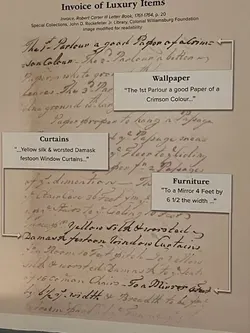
An invoice from the Carter house.
Tragically Frances died in 1789 at age 49; it happened on my birthday, October 31st. The uncertainty and speculation of depression being linked to her death drew me in. Yes, she lived a life of luxury, but in the end she was a woman, a human.
What was it like to be a wife during the Revolution? One who has lost several children and many friends throughout her short life. One who experiences firsthand how war and political sentiment can impact your family?
There are so many portraits out there and each one tells many stories. The saying a picture speaks 1000 words is limiting; they speak so many more than that.
One of the things I'll keep doing: researching the people in the portraits I get the privilege to view as well as the places they come from, the buildings they were hung in, and even the artists responsible for creating them!
Disclaimer: As a blogger, I use affiliate links sometimes! I may receive commission from purchases I share; it does not change your price but sometimes you might get a discount.
Another woman from Early American history: one of the first suffragists? Maybe, maybe not. But Hannah is worth studying.
Hannah Lee Corbin as a subject has been within reach of me for awhile. Finally, I took advantage of it. Earlier this week, I saw this program and am so glad to have been in the audience.
What I knew about voting in early American history: women didn't get to do it.
Who did? Pretty consistently across the colonies it was free white males who were over 21, Protestant and yes... property-holders. Make that property-holders who had a significant amount of it, and weren't mortgaged of course.
I did learn from Sharon, the actor/interpreter and creator of this program, about a short-term exemption in New Jersey and looked that up- here is the link to information about when neither race nor gender was a requirement. It didn't last long!
I also learned that in the 1850s, the Boston Gazette referred to Hannah as one of America's earliest suffragists!
Was this the case? Historians aren't always in agreement; in fact some think she may have simply been attempting to avoid paying taxes but I believe her concern about taxation without representation (what our war was about right?) as a female property-holder, speaks to her motivation.
Either way, it's recorded in history that Hannah Lee Corbin, a widow and feme sole, felt strongly about voting rights for women that held property.
Setting aside that bit, the fact that she was a feme sole and managed her property through the Revolution was not uncommon and a reason to learn about her life. She was sister to her more well-known sibling, Richard Henry Lee, who was a Virginia Delegate to Congress, appointed in 1774. He is well-known for carrying vital correspondence across the colonies during the Revolutionary era.
Hannah Lee Corbin is fascinating enough to share her name with you all and keep it on this blog, my online journal, for both future reference and further research.
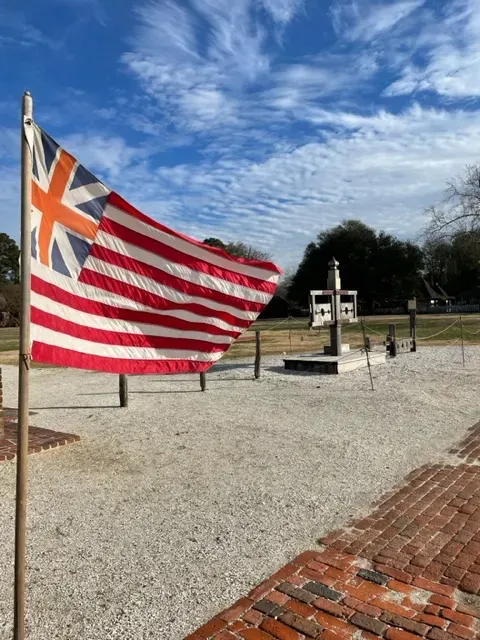
And number 3 on my list: Elizabeth is as fascinating as her aunt Hannah, so she gets a mention!
Who is Betty Braxton?
Going by Betty, Elizabeth Braxton was a member of a divided family. Her husband Carter signed the Declaration of Independence and her brothers and father were Loyalists. Undoubtedly, like American women who lived in later eras, she was pulled in different directions both mentally and physically due to war.
Carter Braxton brought his wife Elizabeth, who also happened to be Hannah Lee Corbin's niece, to Philadelphia. It's where she lived with him on Chestnut Street for 7 months and attended the recitation of the new declaration by Colonel Nixon. In a city of 40,000 people, with visitors from other colonies, the gathering in Philadelphia for this reading must have been a sight to see. American history in action.
Side note: it followed that it was read in cities and counties throughout the colonies; 100 copies were ordered by the government from a contracted Williamsburg printer later in July 1776, then distributed to the Virginia counties for public reading.
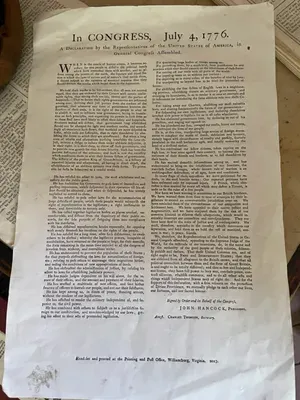
Reprint of Declaration of Independence, CW print shop
Learning about this event and, specifically Elizabeth Braxton's emotional response to the inevitable war to come, was beyond thought-provoking. It struck me immediately that no matter the war, women (and men of course!) have things in common- worries about the men and women in their lives, the future of their children, and the impact on their families.
When I watched the My Story, My Voice presentation about her at CW's Charlton Stage, I literally heard Mrs. Braxton's words, interpreted by one of our fantastic talents here, at the largest living history museum in the world. The research for Mrs. Braxton's story was done using primary sources and are words I'd never have heard were it not for the commitment of the team here, specifically Sharon.
RELATED: For more information on the use of primary sources, click here.
Closing it out: look at portraits and attend events sharing history. Then dig deeper.
The next time you're in a museum or visiting a historical site, take a close look at the portrait hanging on a wall... read the informational text that might be sitting alongside it or ask a docent/employee about it. Take down the name and research it.
The next time you find yourself with an opportunity to attend an historical interpretation, do it. If you're in CW, there are plenty- every single day of the year. We'd love to have you!
Don't limit yourself to the "famous" people in history... you might find some fascinating people hanging out on the periphery that deserve attention.
Enjoying the blog? Tip me using my online tip jar! Buy me a coffee.
There is a huge practical disclaimer to the content on this blog, which is my way of sharing my excitement and basically journaling online.
1) I am not a historian nor an expert. I will let you know I’m relaying the information as I understand and interpret it. The employees of Colonial Williamsburg base their presentations, work, and responses on historical documents and mainly primary sources.
2) I will update for accuracy as history is constant learning. If you have a question about accuracy, please ask me! I will get the answer from the best source I can find.
3) Photo credit to me, Daphne Reznik, for all photos in this post, unless otherwise credited! All photos are personal photos taken in public access locations or with specific permission.
